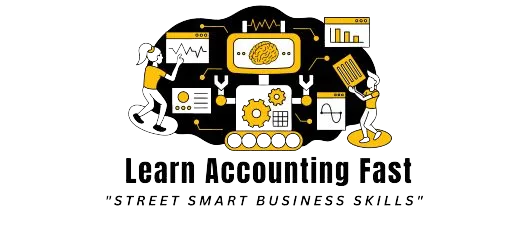Outbreak Of War In The Middle East #1
Preparing a Business for Potential Outbreak of War in the Middle East
When preparing a business for potential geopolitical disruptions, such as an outbreak of war in the Middle East, clear and actionable steps are crucial. Here are five top tips for young entrepreneurs to safeguard their business interests in such volatile situations:
Diversify Supply Chains:
Relying on a single region for your supplies can be risky. Identify alternative suppliers in different geographic areas to minimise disruptions.
Start by mapping out your current supply chain, highlighting areas vulnerable to geopolitical tensions, and seek alternatives both locally and internationally.
Step 1: Supply Chain Mapping
Identify Key Components and Raw Materials: List out all the critical components, materials, and services required to produce your products or services.
Map Suppliers and Logistics: Document where each component comes from, including supplier locations and the routes and times materials take to reach your business. This will help you visualise the entire supply chain.
Step 2: Risk Assessment
Identify Vulnerabilities: Using the map, identify areas susceptible to geopolitical risks, such as suppliers located in or near conflict zones or regions prone to political instability.
Evaluate Impact: Assess the impact on your business if these points were disrupted. Consider both direct impacts (e.g., inability to produce goods) and indirect impacts (e.g., increased costs or shipment delays).

Step 3: Finding Alternatives
Research Potential Suppliers: Look for suppliers in geopolitically stable countries that can provide the same quality and quantity of goods
Industry trade shows, B2B marketplaces, and international chambers of commerce can be valuable resources.

Local Sourcing Options: Consider whether some components can be dual sourced domestically or from nearby countries with lower risk profiles.
This can reduce transit times and costs, while also mitigating cross-border political risks.
Step 4: Supplier Evaluation and Selection
Conduct Due Diligence: Evaluate potential new suppliers on multiple fronts—financial stability, production capacity, quality control , and their own supply chain robustness.
Test Samples: Before fully committing, order small quantities to test the quality and reliability of the new suppliers.
Step 5: Gradual Integration
Start Small: Gradually integrate new suppliers into your supply chain.
This can help ensure that they meet your needs without compromising your operation’s stability.
Dual Sourcing: For critical components, consider dual sourcing—using two suppliers for the same input.
This strategy further safeguards against unexpected disruptions.
Step 6: Continuous Monitoring and Review
Regularly Review the Supply Chain: Geopolitical situations can change rapidly.
Regularly review your supply chain map and risk assessments to adapt to new developments.
Build Strong Relationships: Maintain good relationships with all suppliers.
This helps in negotiating better terms and receiving favourable treatment during shortages or disruptions.
By methodically assessing risks and seeking reliable alternatives, you can significantly enhance the resilience of your supply chain against the backdrop of global uncertainties.
Now is the perfect time to invest in your greatest asset - YOUR BUSINESS AND FINANCIAL EDUCATION.
Be the greatest you can be…
Join us, click the link below for short, sharp, simple video courses that give you confidence and street-smart business skills to succeed.
Latest Posts
The Six Laws of
Wealth Creation
The Six Laws of Wealth Creation. These timeless actions work in 2025’s rapid-change environment and give you calm, repeatable steps to grow money.....
How to Read Business
Financial Reports
A Story of Business Secrets Hidden in Reports
Sarah sat in her office staring at a thick folder of financial reports. Sales, costs, cash flow....
The Millionaire
Mind in Action
Timeless Wealth, Flow, and Power from Robert Kiyosaki,Frank Kern, Tony Robbins
and Open Ai......
Why Cost Control Is the Forgotten Key to Profitability
Most entrepreneurs chase sales growth like it’s the only thing that matters.They spend thousands on ads, new products, and fa ncy offices.....
Master Prompts For
Financial Analysis
The Complete Small Business Guide to Financial Analysis: Formulas, Examples, and Tips.These are super-powerful questions you can ask an AI to help..
How To Solve Any Business
Problem With Ai
AI can help you solve all of these faster, smarter, and more affordably, if you know how. This guide will show you exactly how to do that.........
Disclaimer: The content shared on this blog and in these videos is for informational and educational purposes only. Despite my 30 years of experience as a business owner, I am not a certified financial advisor, accountant, or legal professional. The insights and tips shared are based on personal experiences and should not be taken as professional financial or legal advice. For financial, legal, or professional advice, please consult with a certified professional in the respective field. I disclaim any liability or responsibility for actions taken based on any information found in this blog or these videos.
Copyright Learn Accounting Fast - All Rights Reserved 2025









Facebook
Instagram
X
LinkedIn
Youtube